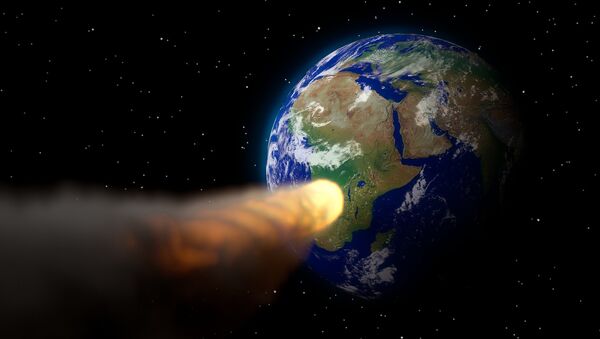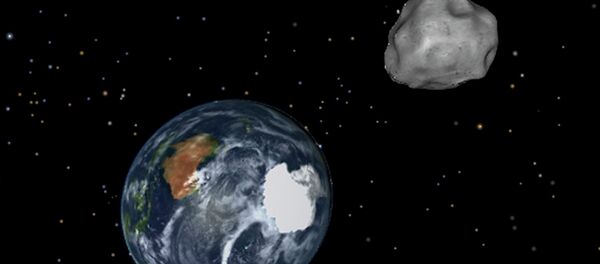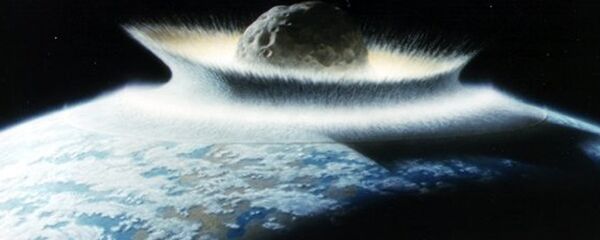Asteroid 2017 001 came within about 76,448 miles of Earth — by comparison, the moon is 238,900 miles away and high Earth orbit satellites have been known to stray as far as 200,000 miles from our home planet.
The asteroid was estimated to be between 82 feet (three buses stacked lengthwise) and 256 feet (about the wingspan of a 747) in length. It slipped past Earth undetected because of its dark, non-reflective surface that allowed it to elude telescopes.
The asteroid that exploded over Chelyabinsk, Russia, in 2013 and injured almost 1,500 people and caused tens of millions of dollars in damage was between 55 and 65 feet long, by comparison.
The incident is thus one for concern — an asteroid of this size striking a major city could cause casualties in the hundreds of thousands. The Tunguska meteor in 1908, for instance, flattened 770 square miles of uninhabited Siberian forest and released 1,000 times as much energy as the atomic bomb dropped on Hiroshima, Japan, in 1945.
NASA estimates that they have discovered 90 percent of all Near Earth Objects (NEOs) larger than one kilometer (3,280 feet) in length, but there are countless smaller NEOs that could still cause catastrophic damage to humanity if they were to strike Earth.
"While no known NEO currently poses a risk of impact with Earth over the next 100 years," said NASA Planetary Defense Officer Lindley Johnson in a June statement, "we've found mostly the larger asteroids, and we have a lot more of the smaller but still potentially hazardous ones to find."
"Astronomers find Near-Earth Asteroids every day and most are harmless. But it is still possible the next Tunguska would take us by surprise, and although we are much better at finding larger asteroids, that does us no good if we are not prepared to do something about them," said asteroid expert Alan Fitzsimmons with Queen's University Belfast, also in June.




